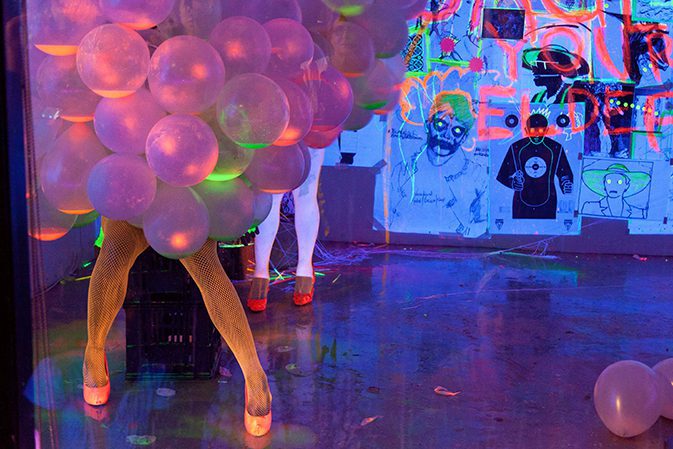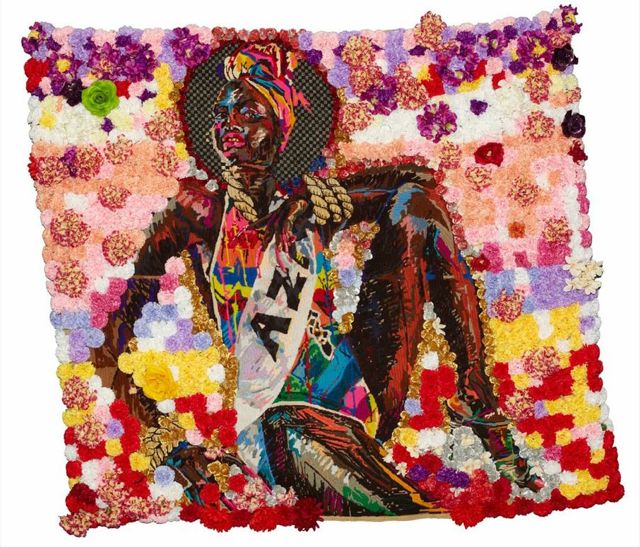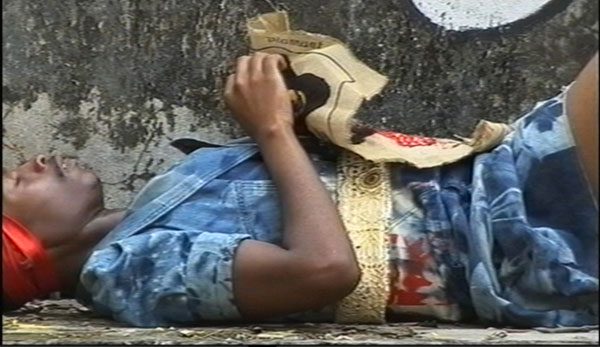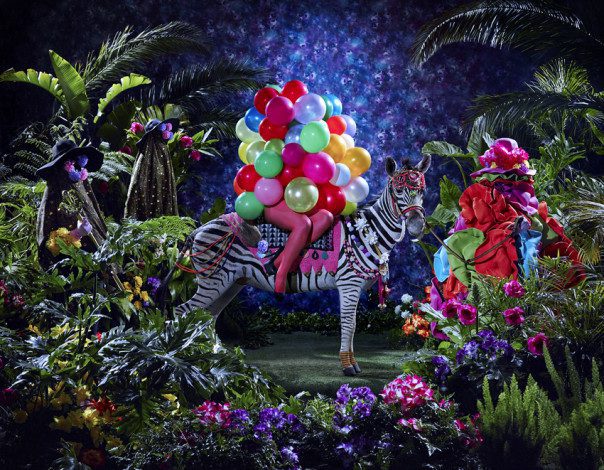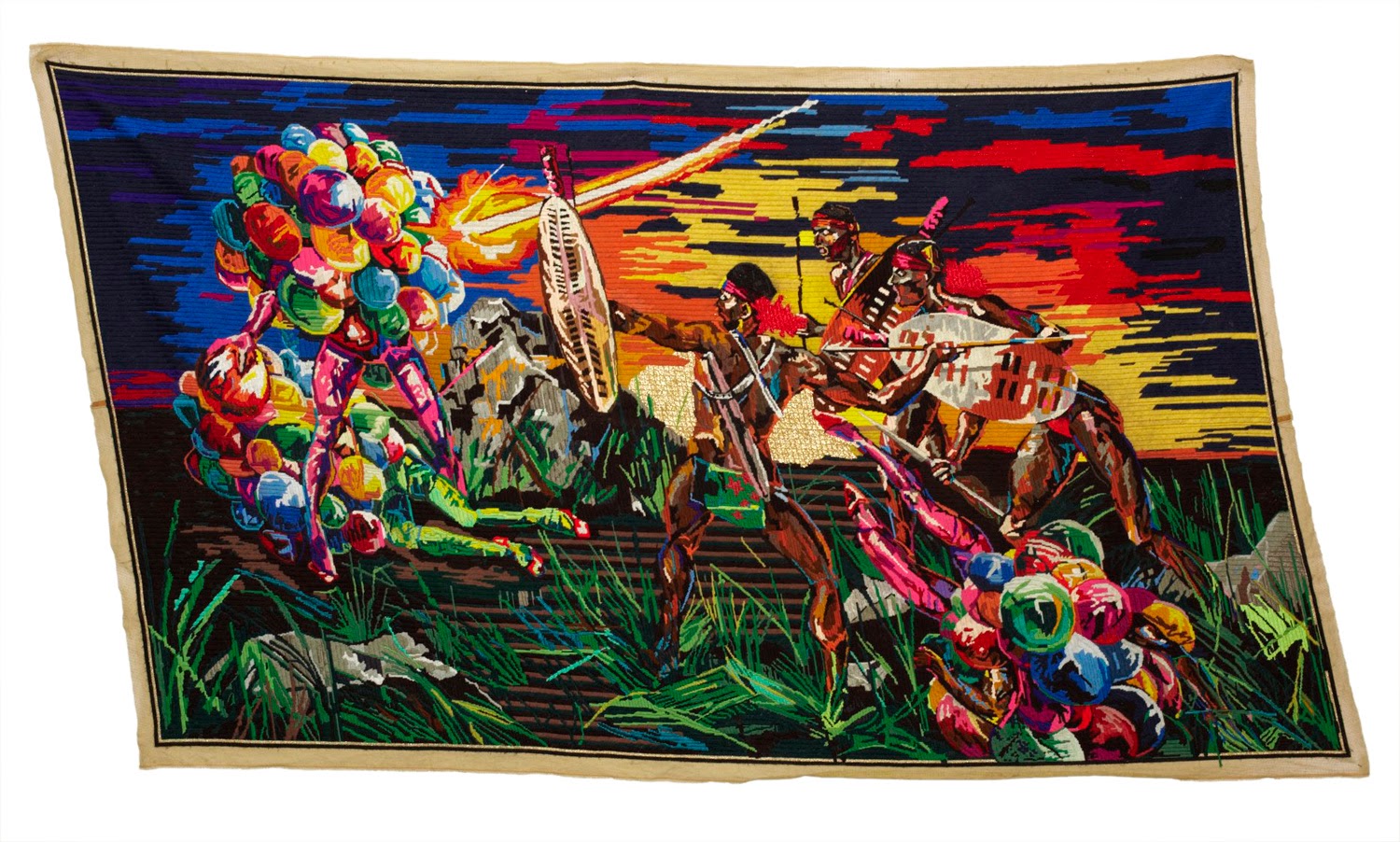WHATIFTHEWORLD/ at Volta 10 Basel
WHATIFTHEWORLD is pleased to present new work by Athi-Patra Ruga, Cameron Platter and Dan Halter at booth B2 at VOLTA10 in Basel, Switzerland from 16 to 21 June.VOLTA is Basel’s renowned platform for presenting the vision of contemporary art galleries of global prestige whose artists represent new and relevant positions for curators and collectors alike.
Conceived to bridge a gap between Basel’s pre-existing fairs, VOLTA showcases galleries – whether young or mature – that choose to work with the most exciting emerging artists. These galleries must keep deeply meaningful connections with their artists and follow them throughout their careers. In turn, select galleries exhibit in the airy rotunda surroundings of Basel’s Markthalle, elevating their own platforms for an experience mutually beneficial to fair visitors and the galleries alike.
For further information on VOLTA10, please click here.
After the participation at VOLTA10 in Basel, Switzerland from 16 to 21 June, WHATIFTHEWORLD is pleased to announce the very successful outcome with almost all of Athi-Patra Ruga’s works being sold. Ruga’s solo representation at VOLTA10 also received international museum exhibition interest, including a private foundation in New York.
For further information, please read this article
VOLTA was founded in Basel in 2005 by dealers Kavi Gupta (Chicago), Ulrich Voges (Frankfurt), and Friedrich Loock (Berlin).
A full list of exhibitors can be viewed below or on their website
presented by WHATIFTHEWORLD GALLERY
Born 1984 in Umtata, South Africa
Athi-Patra Ruga is a hastily ascending young artist whose approach is one of wilful confrontation, underpinned nonetheless by a finely honed aesthetic sensibility.
Athi Patra Ruga’s current work interrogates issues of sexuality, gender politics and the complexities of first and third world influences in contemporary South Africa. Drawing on a diverse range of influences from traditional Xhosa folklore, hip hop culture and the material aspirations of the rising South African black elite, Rugas work is manifest through textiles, video, performance, interventions, and photography.
Born in Umtata South Africa Athi Patra Ruga has had two solo exhibitions in South Africa and has exhibited extensively abroad, notably at the Dakar Biennale in Senegal, the 3rd Guangzhou triannle, Guangzhou China, the IFA Gallery Berlin and the Stenersent Museet in Norway.
PRESS RELEASE, CLICK HERE
VOLTA10 2011

- Athi-Patra Ruga, ...Castrato as [the] Revolution, 2010, Wool and tapestry thread on tapestry canvas, 34 x 50 inch

- Athi-Patra Ruga, First Blood, 2010, Wool and tapestry thread on tapestry canvas, 35 x 48 inch
- Athi-Patra Ruga, Ilulwane... he’s not one of youz, 2010, Wool and tapestry thread on tapestry canvas, 34 x 51 inchVOLTA 2014

The Versatile Ivy in Exile
Wool and Thread on Tapestry Canvas
200 x 200 cm

The Sacred Versatile Queen and Autocrat of all Azania
Wool and Thread on Tapestry Canvas
388 x 191 cm
VOLTA10 2014: Ashleigh Mclean, director of Whatiftheworld (Cape Town) speaks to a collector in front of Athi-Patra Ruga's mural-sized tapestry The Versatile Queen and Autocrat of all Azania








